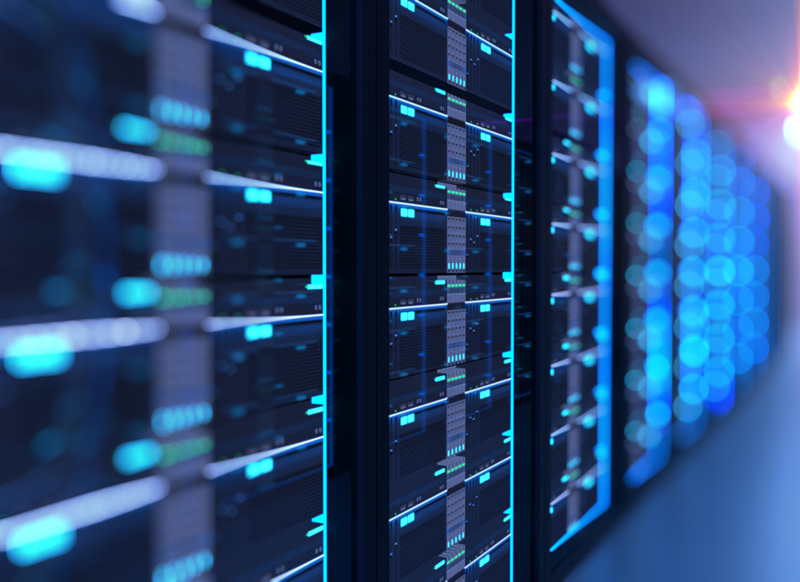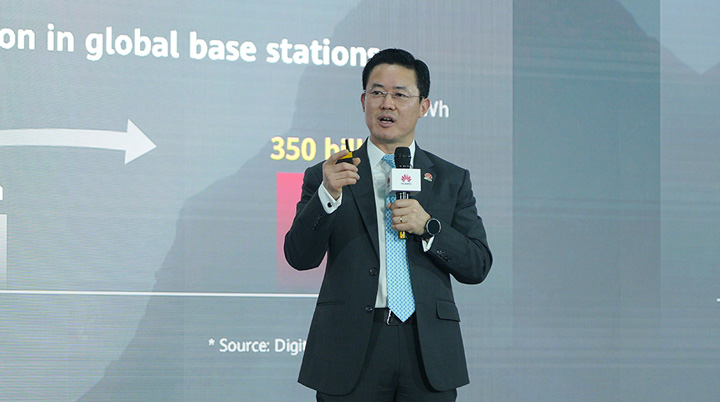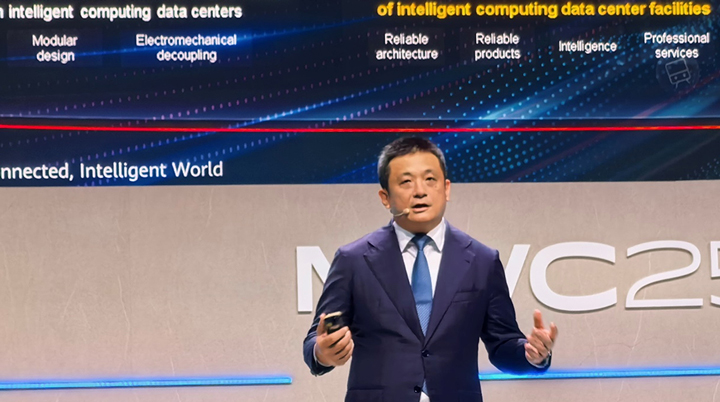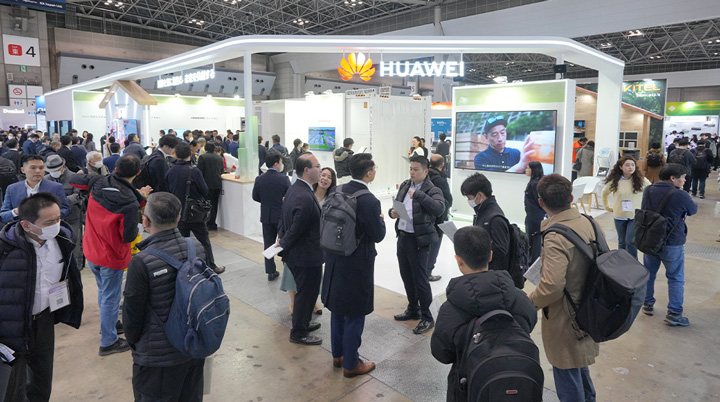Carbon neutrality represents an inspiring journey toward a revolutionary economic and social transformation, with a stable energy infrastructure as its backbone. The global energy industry is no longer driven by resource dependence but by technology. Low-carbon, electrification, digitalization, and intelligent development are the four key paths for energy evolution and transformation. The energy industry has entered a new era of digital energy, deeply integrated with the digital world.

In this new era, we are taking advantage of opportunities by integrating bit, watt, heat, and battery (4T) technologies to build new energy infrastructure for new energy, electric transportation, and digital transformation. Our commitment to this goal is reflected through our focus on three core dimensions.
- New power system energy infrastructure: accelerating the transition from traditional energy to new energy
This type of infrastructure has three major application scenarios, namely clean energy bases, urban energy systems with coordinated power generation, grids, loads, and storage, as well as home energy management systems.

In the context of clean energy base scenarios, the high proportion of renewable energy and power electronics applications, large land footprints, and remote locations pose significant challenges to grid connection and operations and maintenance (O&M). To overcome these challenges, Huawei Digital Power has developed and implemented grid forming technology, which is applied to photovoltaic (PV) and energy storage systems (ESSs). The PV+ESS solution proactively enhances the power grid and provides the functions of traditional synchronous generators, enabling the transformation from grid following to grid forming and making solar PV energy the mainstream energy source. In terms of O&M, Huawei Digital Power leverages the latest information and communication technologies (ICTs), such as the Internet of Things (IoT), big data, and artificial intelligence (AI), to implement smart fault diagnosis of plant faults. This approach enables intelligent and unattended clean energy bases.
In urban scenarios, there is a growing demand for low-carbon, energy-intelligent twins that integrate generation, grid, load, storage, and consumption through innovative products and solutions. These include distributed energy systems, virtual power plants (VPPs), smart charging networks, V2X, integrated smart energy, and smart microgrids. By working together, these technologies create a citywide energy internet based on smart grids and microgrids, making the city safe, resilient, efficient, low-carbon, and intelligent.
For home energy consumption, a green, low-carbon, user-friendly, intelligent home energy management system can be installed, which includes an optimizer, PV, ESS, charger, load, and management system. This one-stop solution will transform homes from energy consumers to prosumers in new power systems, reducing carbon emissions and improving energy efficiency.
- New-type electric vehicle (EV) energy infrastructure: leading the electrification and intelligent upgrade of transportation
Huawei Digital Power is a leading provider of e-Mobility and FusionCharge solutions in the mobility electrification industry. Our high-quality collaborative development approach enables us to launch the hyper-converged e-Mobility all-scenario solution and the "one kilometer in one second" fully liquid-cooled ultra-fast charging solution. These solutions help electric vehicles surpass fuel vehicles and provide a refueling-like charging experience, accelerating the process of mobility electrification.

We work closely with our customers and partners to develop supercharging solutions across China, including at gas stations, highway rest areas, and urban public areas with high traffic of electric vehicles. Our goal is to build a unified highway network and city network, integrating PV, ESSs, and chargers to enable new energy vehicle (NEVs) to use renewable energy power. We will ensure that our high-quality charging networks are compatible with vehicle models of various voltage levels, and offer various business models that bring better return on investment to charger operators and achieve a positive business cycle of sustainable development.
Currently, we are working with provinces and cities such as Sichuan, Shenzhen, Taiyuan, Zhengzhou, Guilin, and others to accelerate the construction of high-quality charging infrastructure, continuously improving public charging services and enhancing the electric mobility experience for users.
- New digital industry energy infrastructure: building a solid foundation for the digital economy
As the world undergoes rapid digital transformation and the demand for connectivity and computing power increases, the number of data centers and telecom sites is set to double. However, this growth will also lead to a surge in electricity consumption and carbon emissions, posing significant challenges.
Huawei Digital Power recognizes the need to bring more bits with fewer watts and fewer carbon emissions. To address these challenges, the company is building new digital industry energy infrastructure for data center facilities, site power facilities, and critical power supply solutions. This infrastructure is designed to continuously reduce energy consumption and carbon emissions for generating each bit while being supported by digital and intelligent technologies.

Energy infrastructure is vital for ensuring a reliable power supply and can be seamlessly integrated into the urban energy intelligent twins. These systems feature the collaboration of power generation, grid operations, loads, and storage. The infrastructure is the energy consumer and regulator of energy production and power systems.
During this critical period of industrial transformation, infrastructure plays a central role in accelerating transformation, promoting innovation, and stimulating the economy. Huawei Digital Power leverages the advantages of integrating 4T technologies and establishing a solid path for the new energy infrastructure across three core dimensions, moving toward a new era of digital energy. With a vision of "brilliant stars and endless roads," we are committed to driving sustainable and efficient energy solutions for the future.











